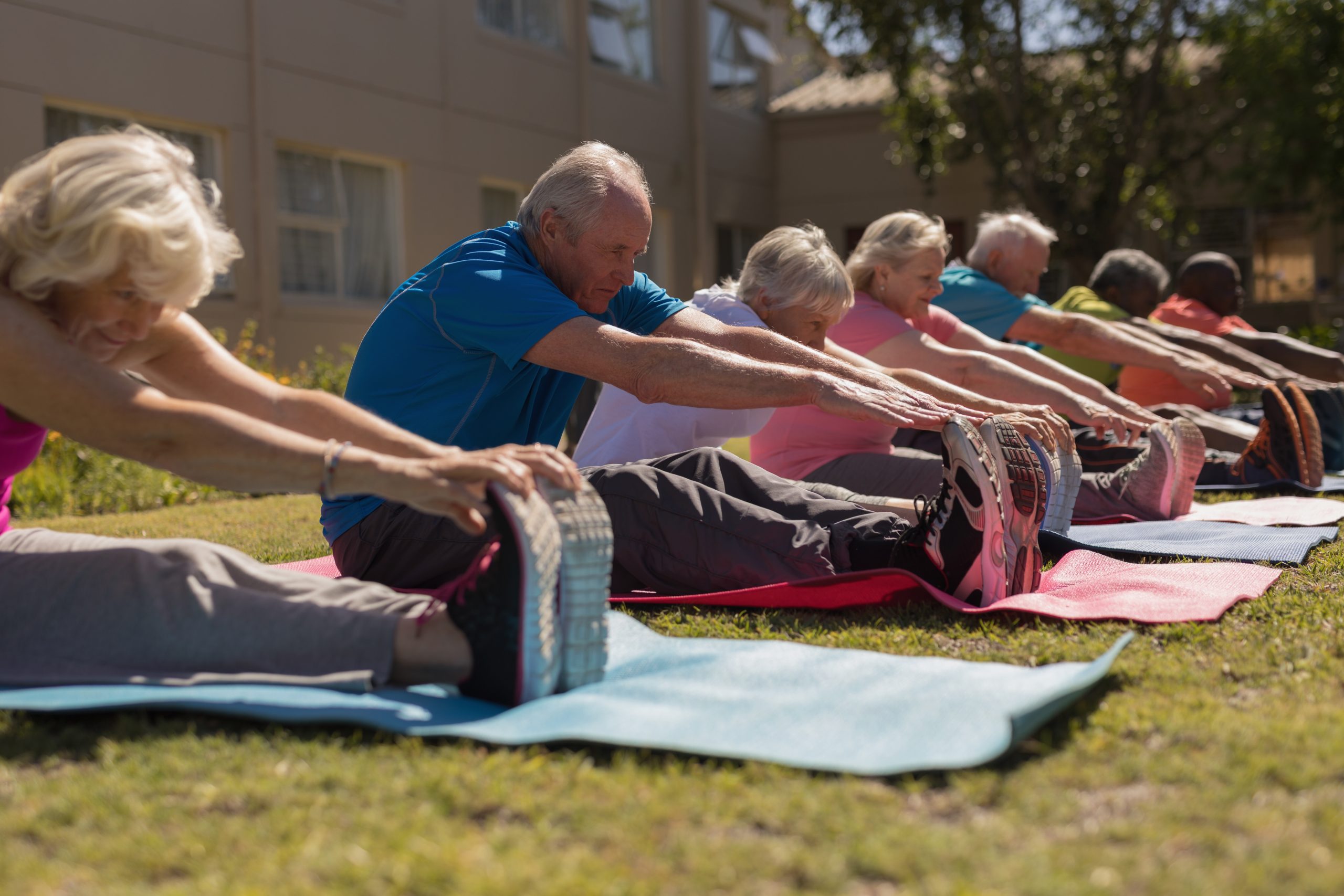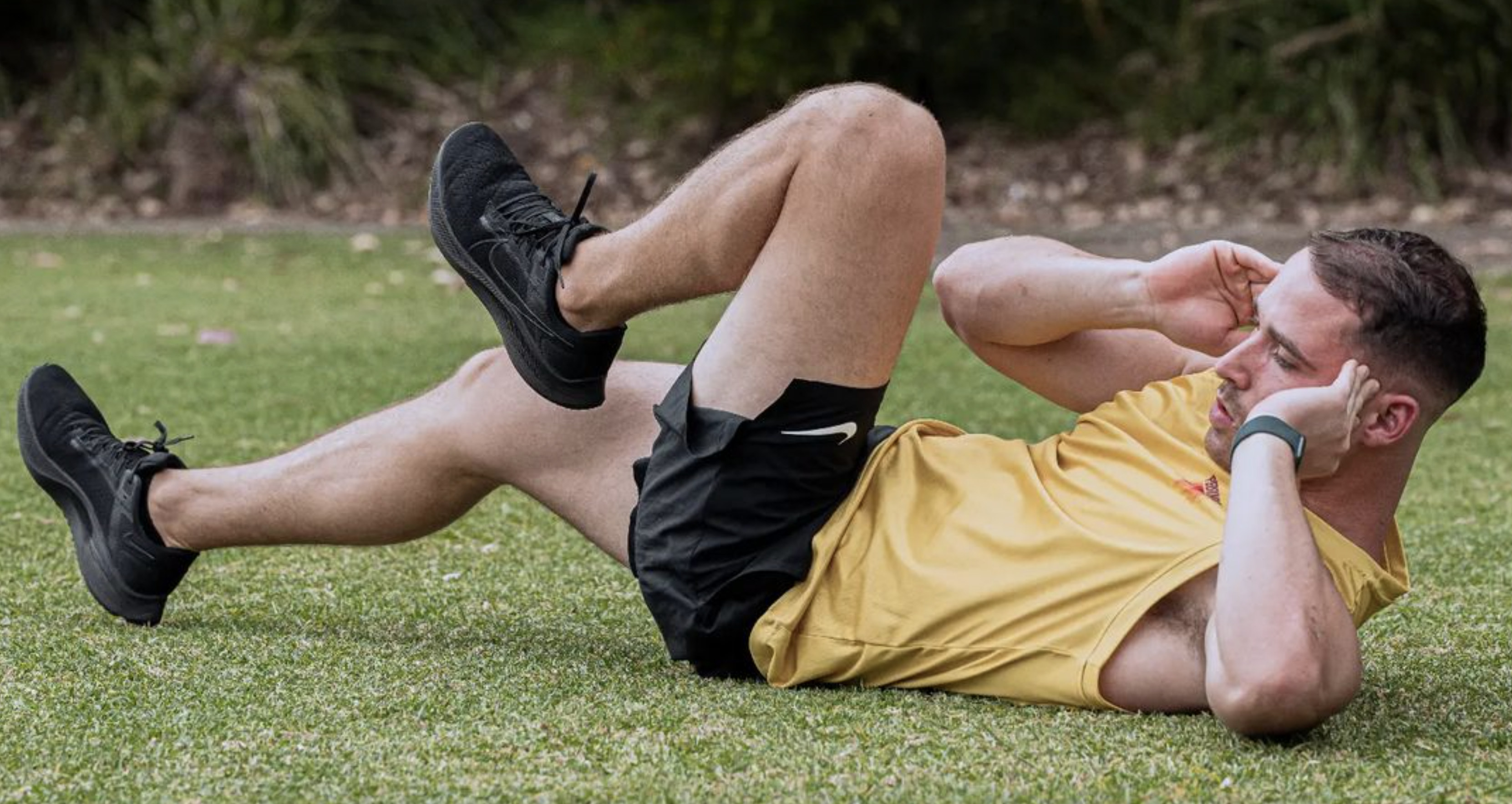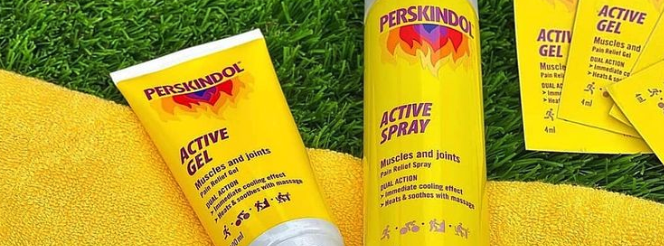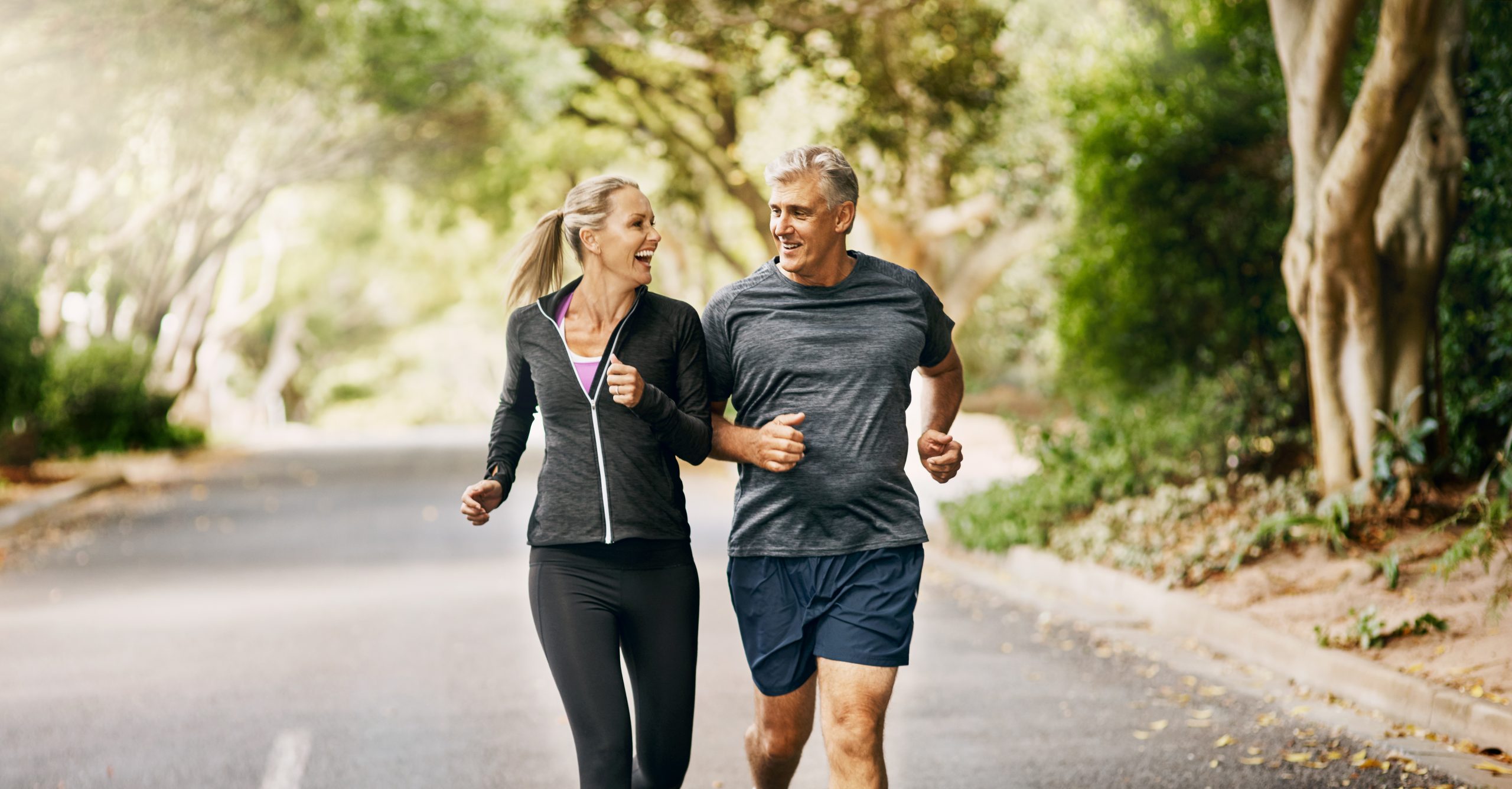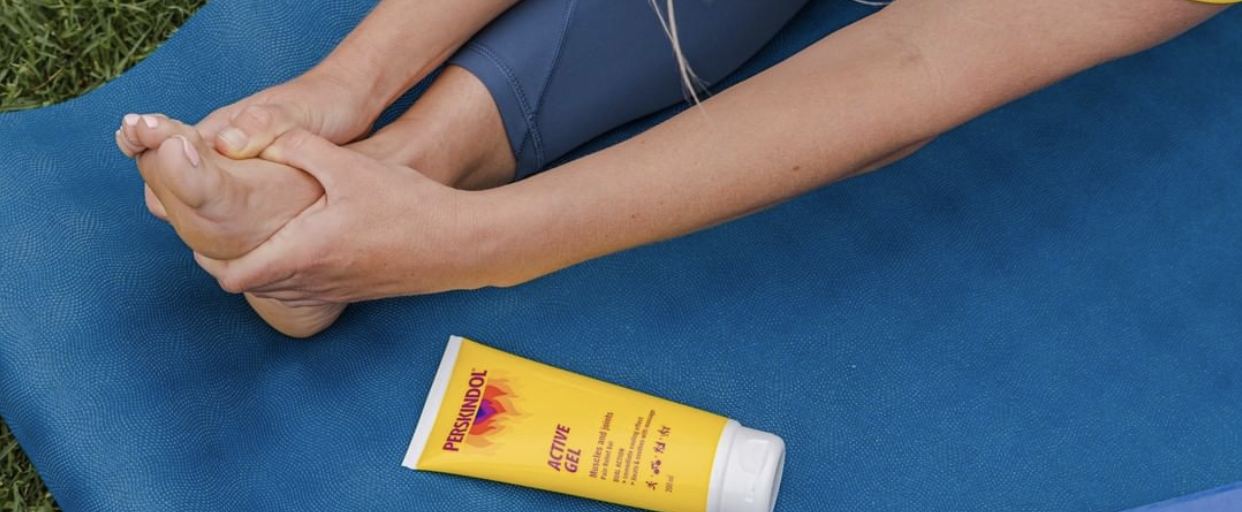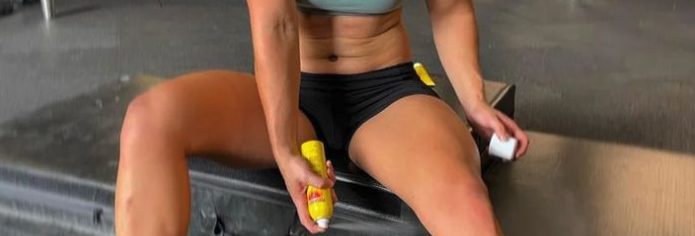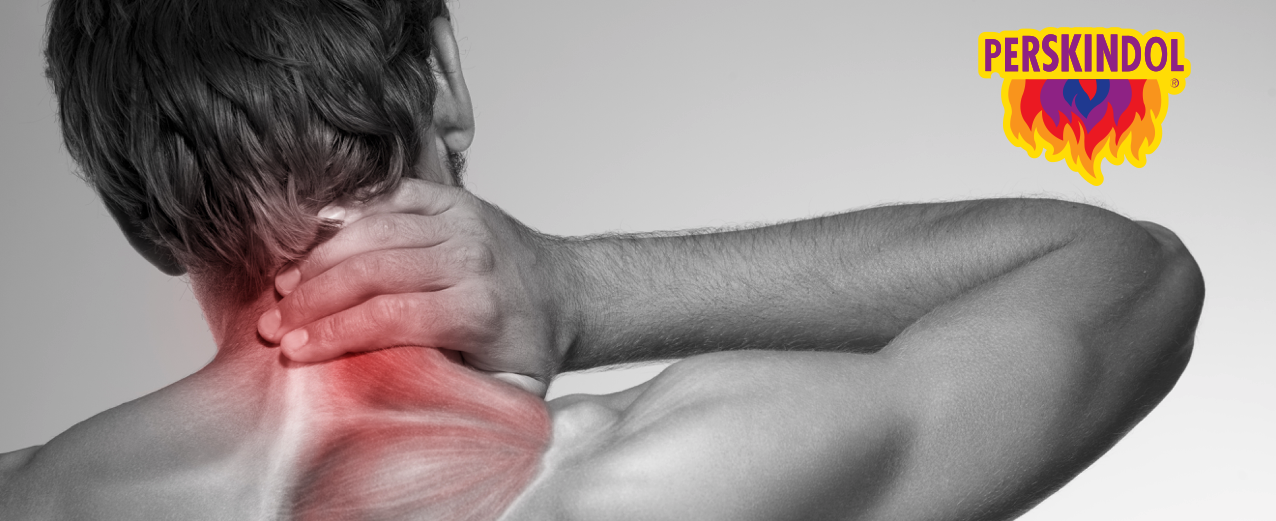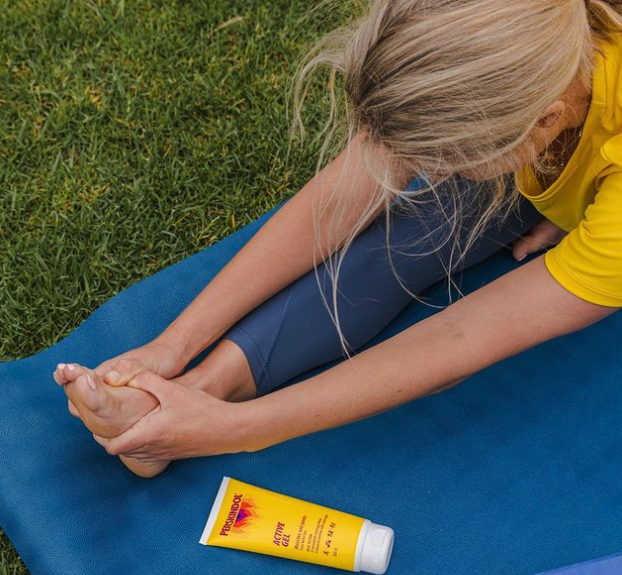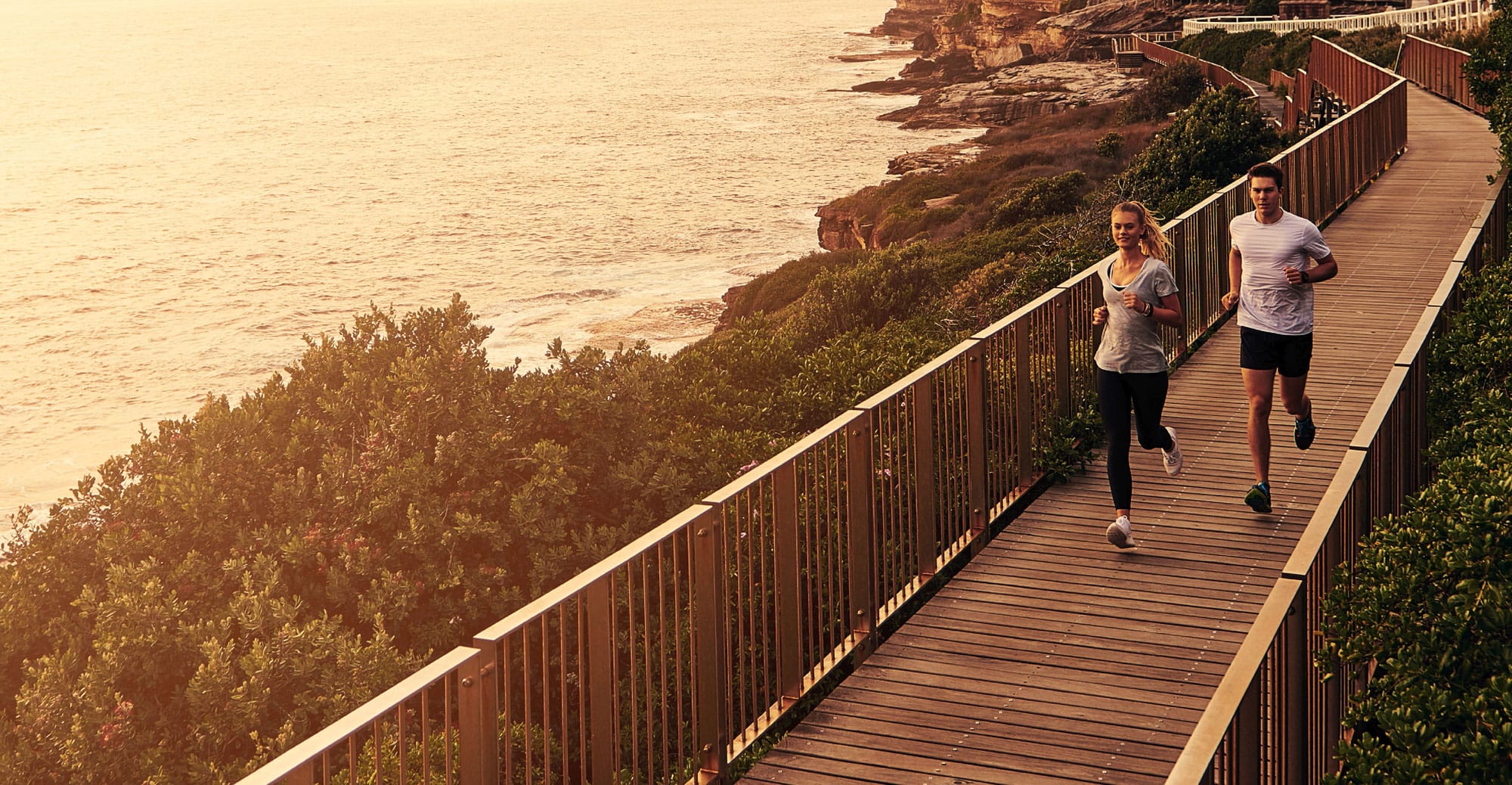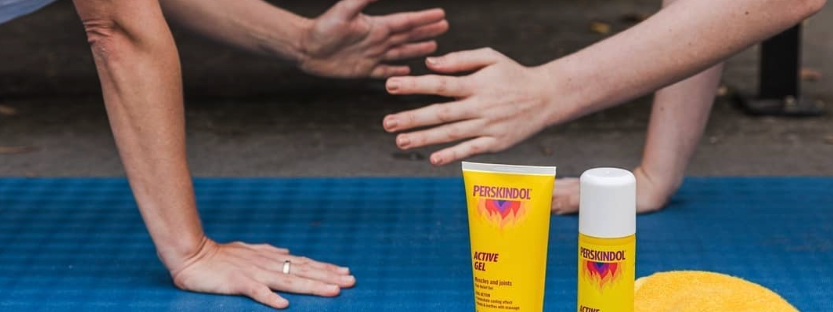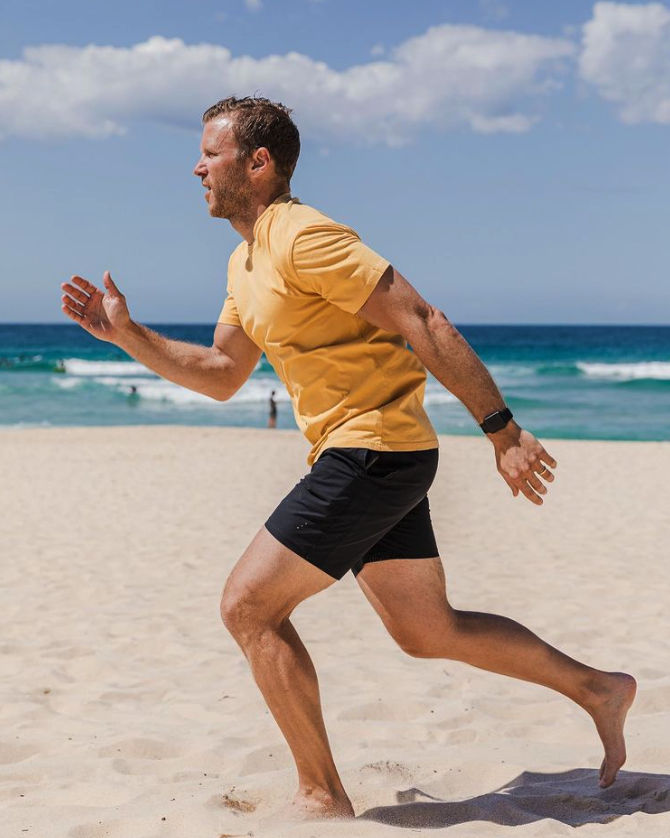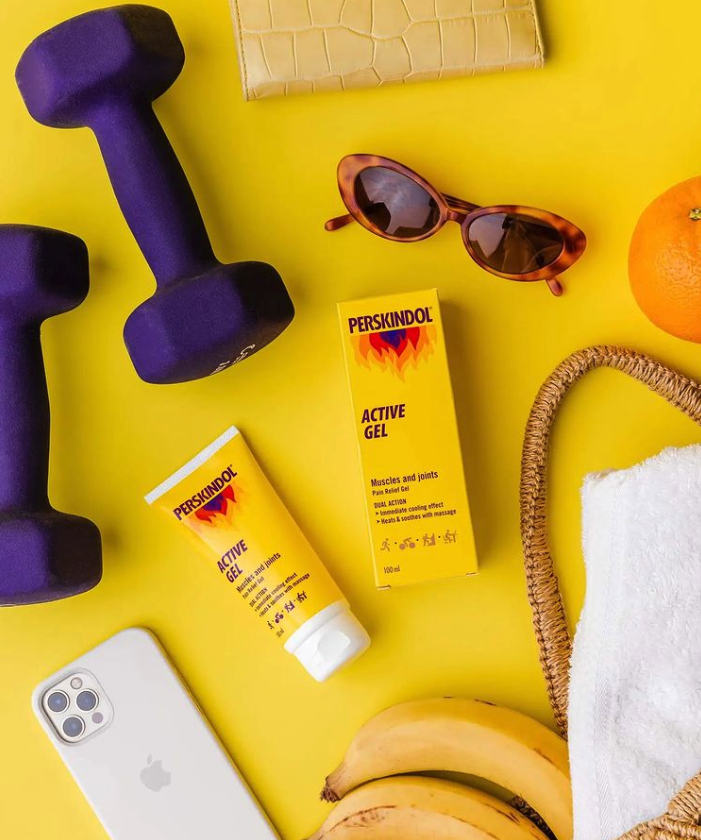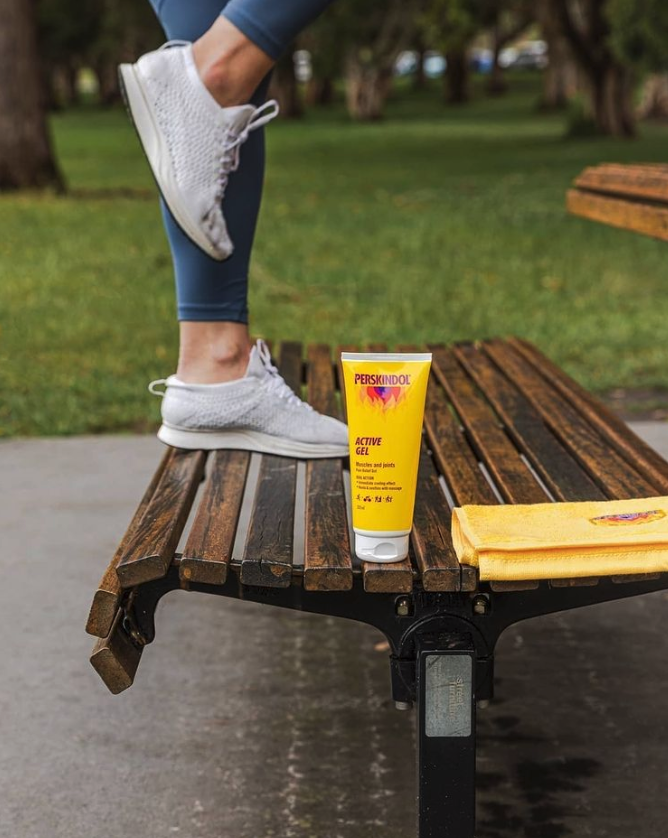When suffering from acute or chronic pain people tend to receive a lot of conflicting advice on how to handle it. This advice usually comes from friends and family that absolutely swear by their local Chiropractor or Physiotherapist.
This article aims to help you decipher the difference between Chiropractors and Physiotherapists in an unbiased delivery of facts. Dealing with any kind of pain is stressful enough, deciding who is best to help you get through it should not add to that stress.
There are a lot of similarities between the professions which helps add to the confusion. They are both experts in treating musculoskeletal issues and joints to help improve mobility and strength as well as decrease pain.
Both Physio’s and Chiro’s work in a form of natural pain management. Where some remedies help numb the pain, these specialists work to solve the root cause of the issue.
Before acting on any advice offered you should always consult a medical professional.
Chiropractors
A Chiropractor’s main goal is diagnosing, treating, and preventing musculoskeletal issues. Diagnosis usually includes a physical exam and tests which leads to an adjustment.
A chiropractor adjustment or manipulation is when they use their hands to adjust the joints of your limbs and spine where signs of restricted mobility are shown. These movements are gentle, precise, and designed to help improve strength, mobility, and ease chronic or acute pain.
A Chiropractor appointment could include:
- Spinal adjustments
- Muscle mobilisation
- Lifestyle recommendations
- Nutritional recommendations
- Exercise recommendations
Reasons to visit a Chiropractor could be:
- Chronic or acute pain:
- Back
- Neck and shoulders
- Chest
- Tendonitis
- Sport injuries (Joints)
- Sciatica
- Chronic headaches
Physiotherapists
Physiotherapists are considered movement experts – a form of physical therapy. With a focus on restoring normal, pain free movement for individuals with musculoskeletal pain or chronic injury.
A physiotherapist utilises mobilisation techniques where a chiropractor uses adjustments and manipulation. Physiotherapist mobilisation includes massage techniques, electrical therapies, and the use of exercise to heal, restore movement and ease pain.
A physiotherapist appointment could include:
- Massage
- Joint mobilization and manipulation
- Stretching
- Dry needling
- Taping
- Heat and ice
- Electrotherapies
- Exercise recommendations
Reasons to visit a Physiotherapist could be:
- Chronic or acute pain:
- Back
- Neck and shoulders
- Chest
- Arthritis
- Headaches
- Dizziness
- Sporting injuries (muscular & nerve)
- Osteoarthritis
To sum up…
Something hurts and you are still not sure who to seek help from?
Let us simplify it!
If your pain is muscular or nerve related, visit your local physiotherapist first for a check-up. Physiotherapists specialise in soft tissue. If your back and joints feel stiff and sore, a consultation with a chiropractor is what we would suggest.
Top priority is to get yourself Infront of a medical professional and gain their expert insight into your condition.
Whether you go to a Physiotherapist or Chiropractor to work on the root cause of your issue, try Perskindol today to help reduce inflammation and ease your pain.

